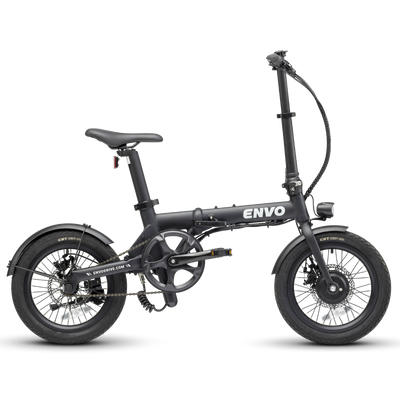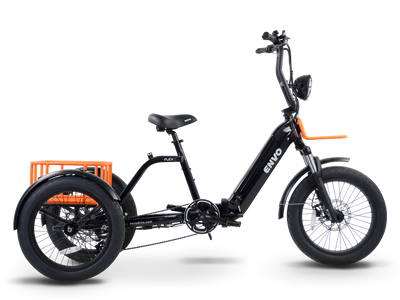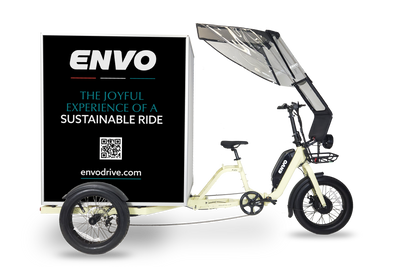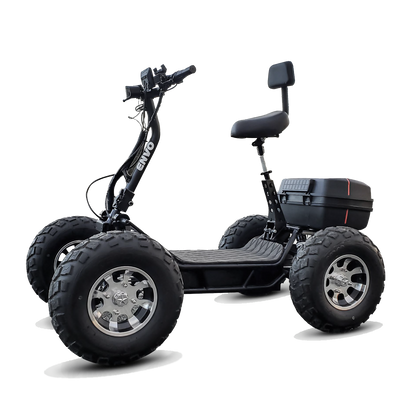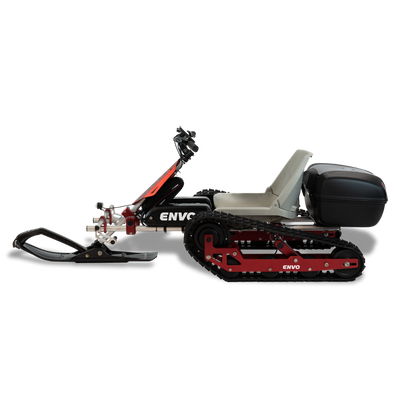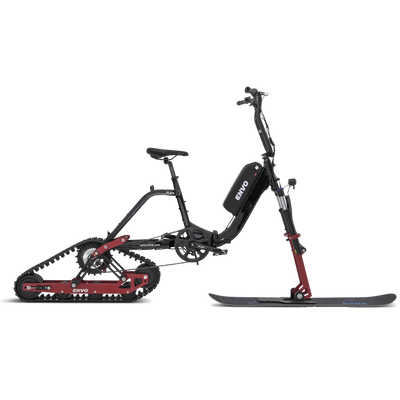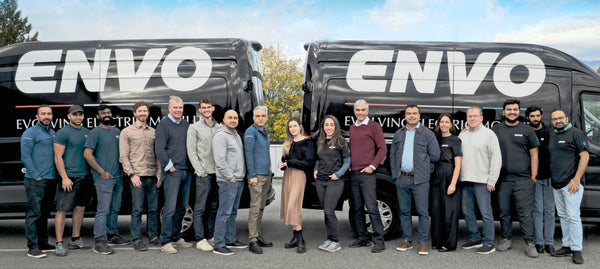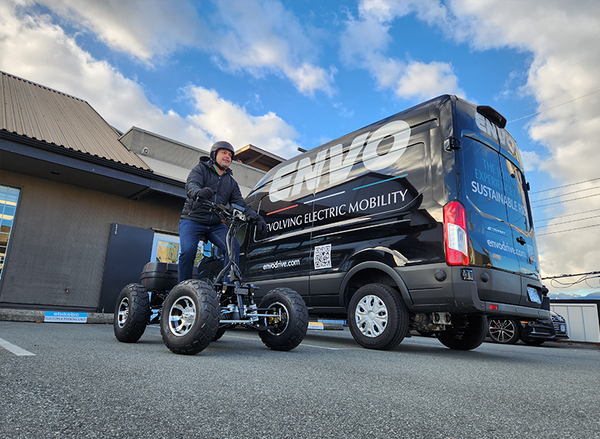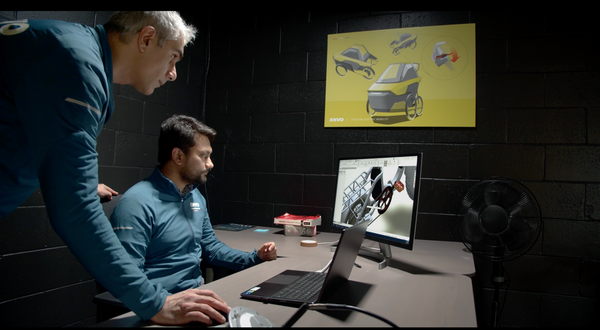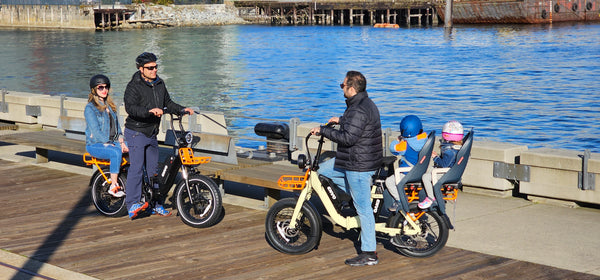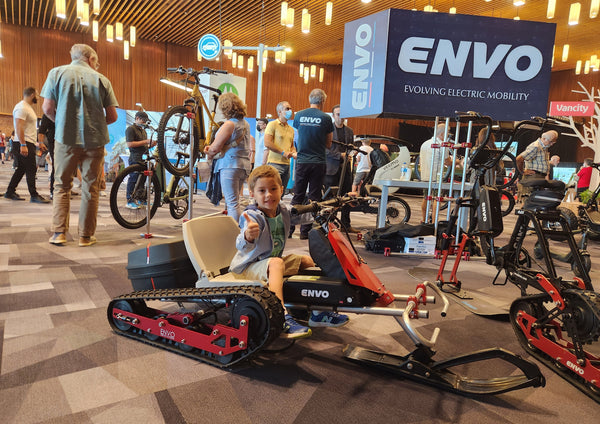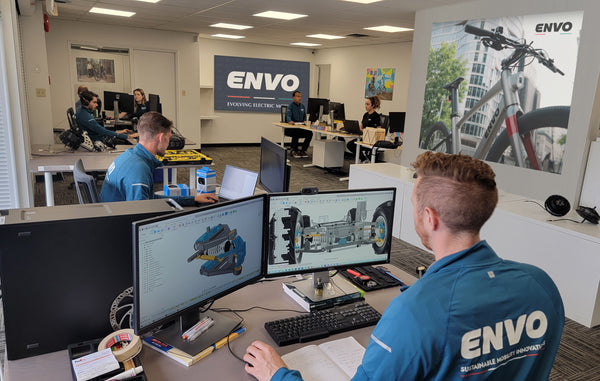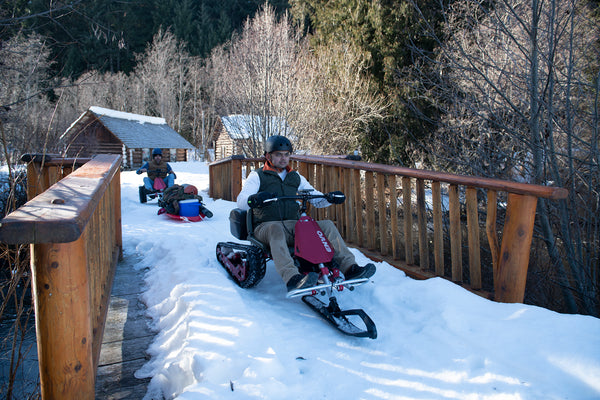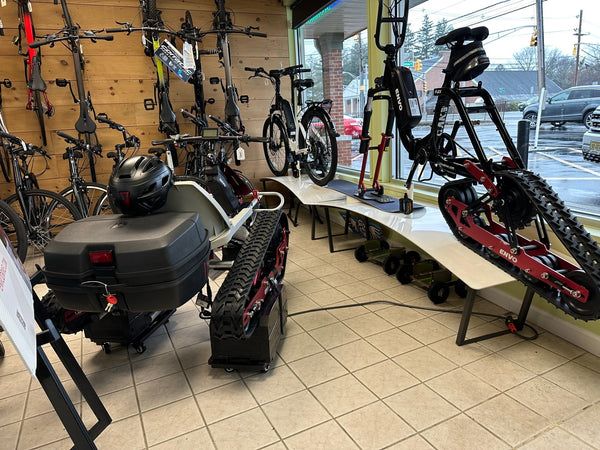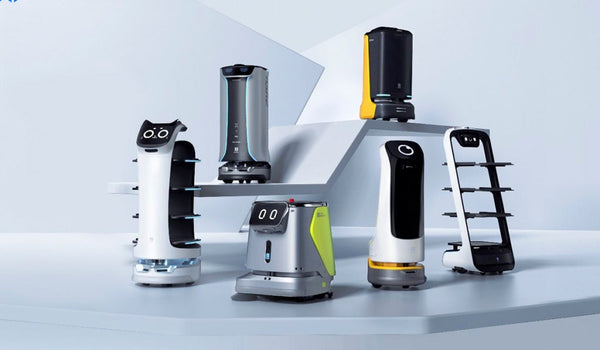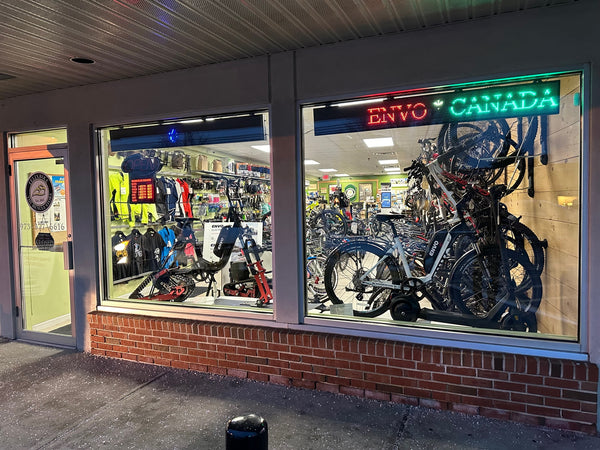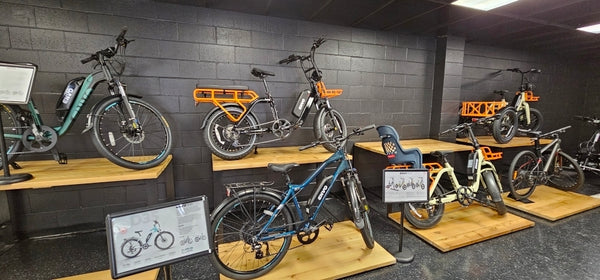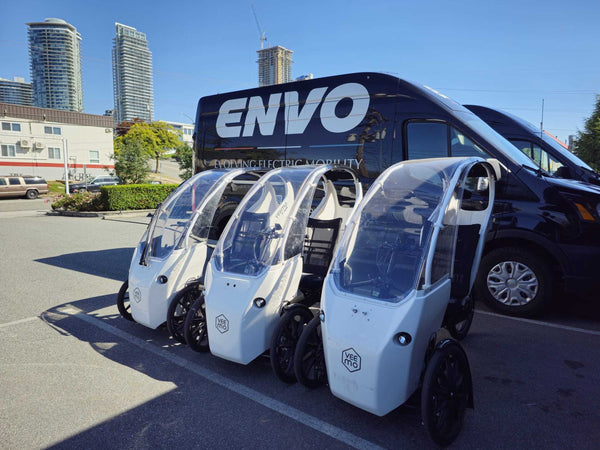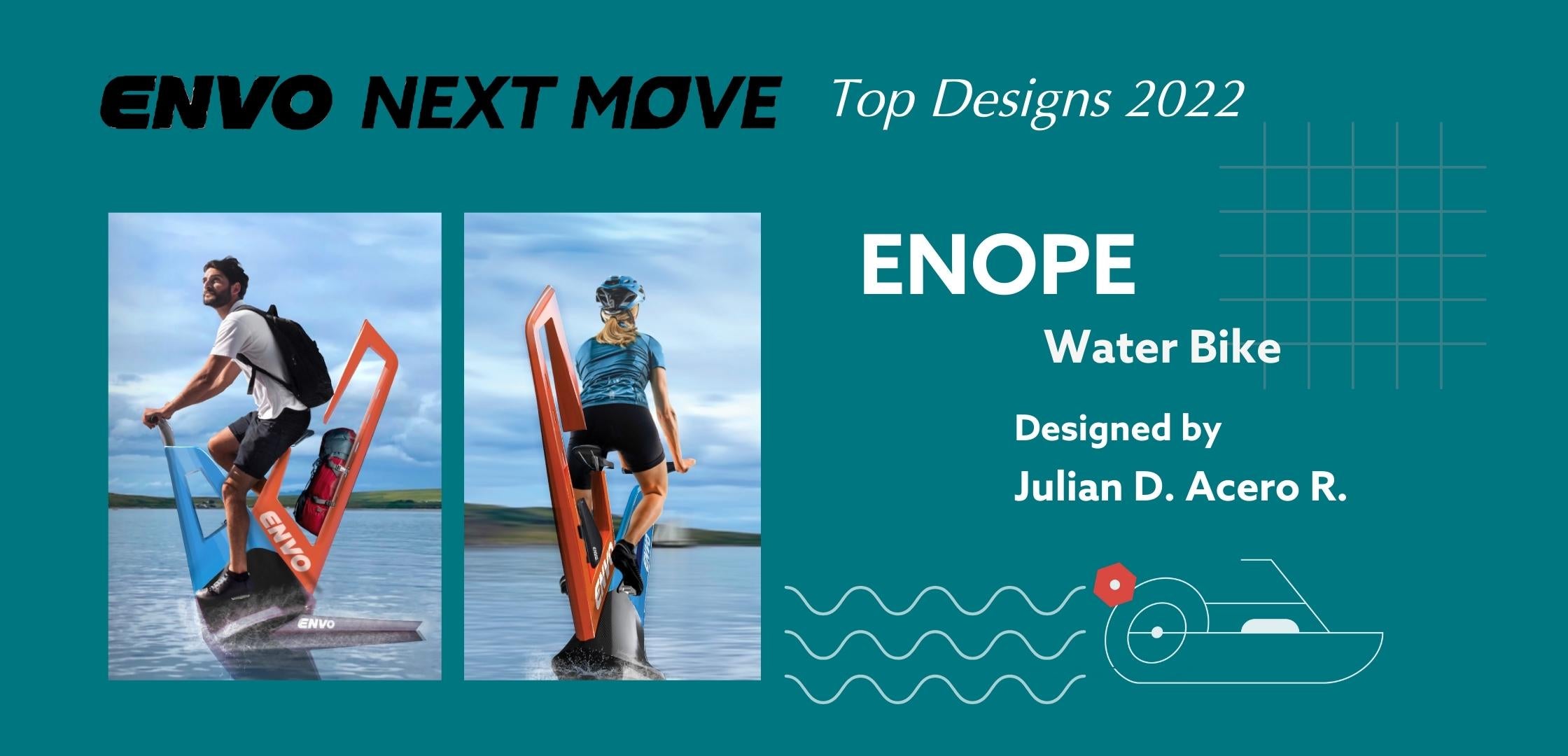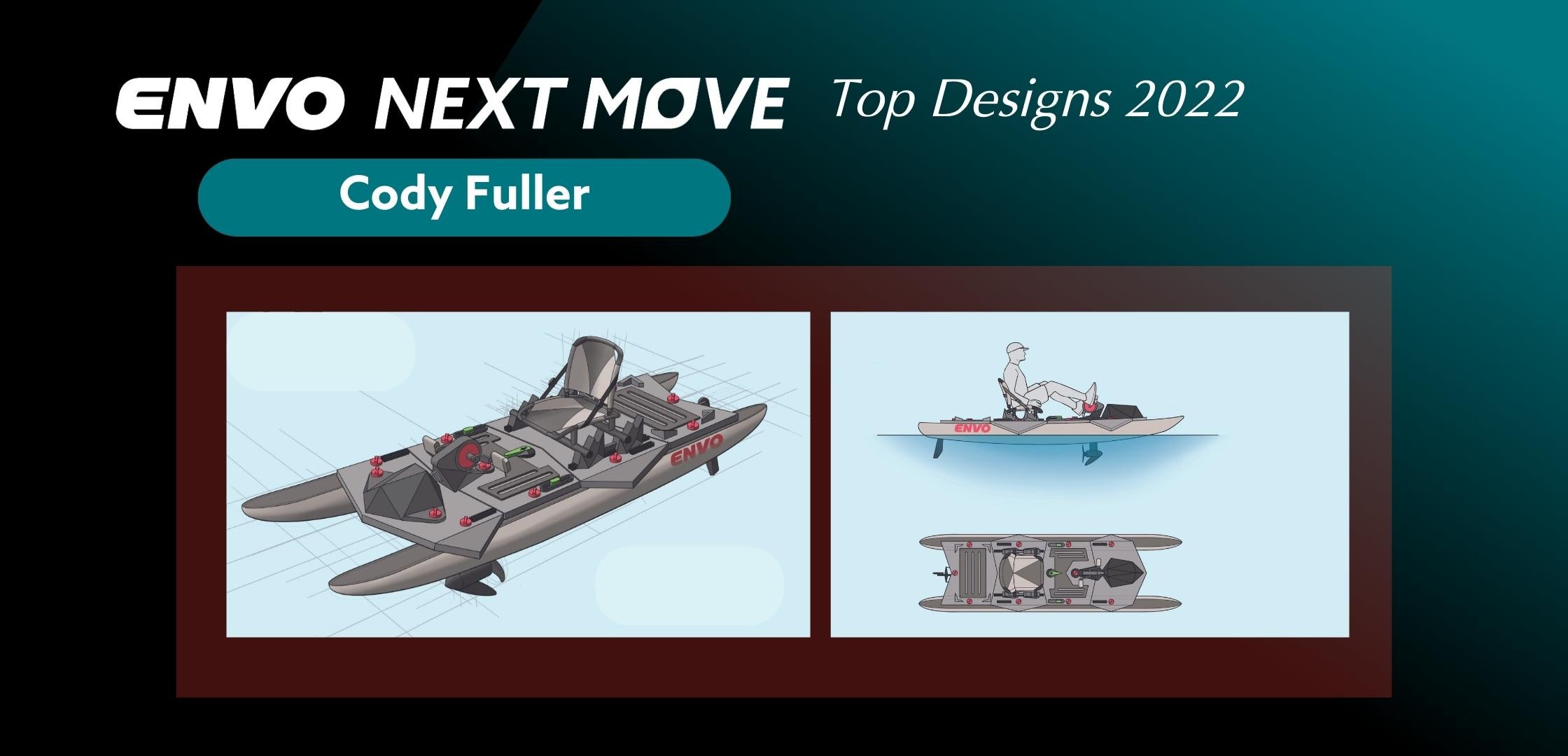Biking and camping go together like peanut butter and jelly; for many, their love of both activities sprouted at an early age. However, life may not be so simple, considering the many endless options for adventure. Envo ebike batteries can last up to 100km per charge on pedal assist level 1. That’s quite a trip! Of course, how long your battery lasts will depend on how you use it. Lucky for you, we can help you figure out how to charge your ebike on your next camping trip and keep you going for hours regardless of the lunch you pack.
Does Your Destination Have Electricity?
Unless you find yourself backcountry camping, a paid-for campsite will typically have power. These campsites will likely host RVs and camping trailers that require power hook-ups. Before you head off, do your homework by checking the campsite’s website or call ahead to ask the campsite host if there are places to plug in your ebike.
If you are camping in or near a town, there may also be places where you can find power outlets. Some department stores allow you to camp in their parking lots and may even have an outlet for you to fully charge your bike while you shop. Pubs, coffee shops, bike shops or gas stations may also have spots for you to charge your ebike, so don’t be afraid to ask. It’s also best to be prepared with an extension cord and buy something if you utilize a shop’s power. This is best practice, and you’ll need somewhere to wait anyway. Who knows, maybe you’ll find a small-town gem and your next favourite restaurant or cafe while charging your ebike.
Off The Grid Power Options- Portable Power Banks
Power banks can be an excellent option for charging your bike off-grid if you choose the right one. First off, you’ll need to make sure the power bank has more energy stored than what your ebike’s battery can hold so you can get a full charge. To do so, follow along with some simple math.
Understand your battery capacity (BC) in Watt-Hours (WH): (BC) in (Wh) = Voltage (V) x Ampere hour (Ah)
Example: 36V x 10Ah = 360Wh
Understand your power station’s battery capacity (PC) in Watt-Hour: (Wh) = Voltage (V) x Ampere hour (Ah)
Example: 56V x 10Ah = 560Wh
Understand your standard charger power (CP): (CP) = Output Voltage (V) x Charge current (A)
Example: 24V x 12A = CP of 288W
Understand your power station output power: = (PP)
The station will fully charge your battery if your battery capacity (BC) is less than the station’s power capacity(PC) = BC < PC and your charger’s power (CP) is less than 75% of the station’s output = (CP) < 75% PP
360Wh battery charged by a 560Wh power bank, 288W charger will charge from a 400W+ station
Car Battery Inverter And Solar Charging
Suppose you’re in the front country and have a reliable car battery. In that case, your vehicle can provide power to your ebike, but there are a few precautions to watch out for. First off, make sure your car battery won’t go dead on you. To combat this, you can get an alternator tester that will stop charging your ebike once the car’s battery is too low. You’ll want to make sure you’re charging your ebike with the correct voltage with the help of a converter and energy monitor. Get ready for some math!
If you charge from a car 12V source or solar panel 110V AC inverter, understand your bottleneck supply power which can be the source or inverter capacity:
This will make more sense in practice. For example:
Can we charge a 36V 13Ah battery using a 2A charger through a 12V 10A car power plug 200W inverter?
Battery capacity: 36×13= 468Wh
Charger power: 42V x 2A = 84W
Power source: 12V x 10A= 120W
Inverter power: 200W
The answer is yes, you can because 84W is what the charger needs, which is less than 75% of the bottleneck power of the car plug, which is 120W.
Solar charges only work if you have 25% more battery capacity than what is required to charge your ebike. This is because Solar panels have a low energy output and can take a long time to charge devices.
Generators
Generators are an excellent option for charging your devices while camping in the front country and are becoming more commonly used at campsites everywhere. Make sure you bring extra fuel to charge your ebike and everything else powered by the generator. Leave yourself a buffer to avoid running out of power.
Backcountry Charging Options
Spare batteries are the name of the game while ebiking in the backcountry. It’s good practice to be prepared for anything in the backcountry, such as flat tires, broken chain links, worn brake pads and so on, ebikers also need to be ready with an extra battery. You don’t want to be caught in the backcountry pushing your ebike. Alternatively, you can add more math to your plate and calculate how far you are going and how much juice your battery has. Make sure to account for cold temperatures, rider’s weight, and battery age and leave yourself some room if things don’t exactly go according to plan. If you need any extra tips contact us and we’ll get you rolling on your next adventure!







